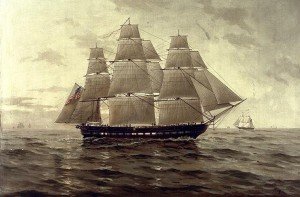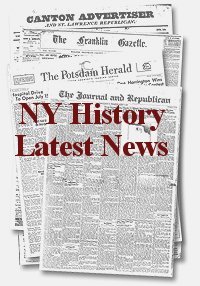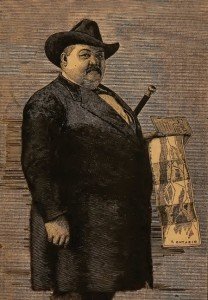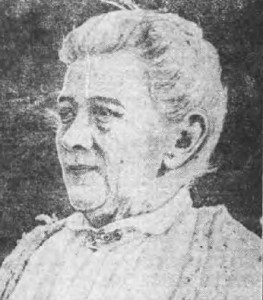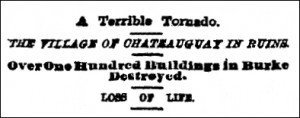 Tornados in upstate New York, like those that struck recently in the Capital Region, are comparatively rare events, but are by no means anything new. Similar storms in the past have wreaked devastation in New York and New England, but few have had the incredible impact of the twister that struck northern Franklin County on June 30, 1856. The results bore strong similarities to the recent destruction near Oklahoma City.
Tornados in upstate New York, like those that struck recently in the Capital Region, are comparatively rare events, but are by no means anything new. Similar storms in the past have wreaked devastation in New York and New England, but few have had the incredible impact of the twister that struck northern Franklin County on June 30, 1856. The results bore strong similarities to the recent destruction near Oklahoma City.
The storm system caused chaos across the North Country, in lower Quebec, and in northern Vermont as well, but the villages of Burke and Chateaugay in New York bore the brunt of the damage when a tornado touched down, causing destruction of historic proportions. Read more

